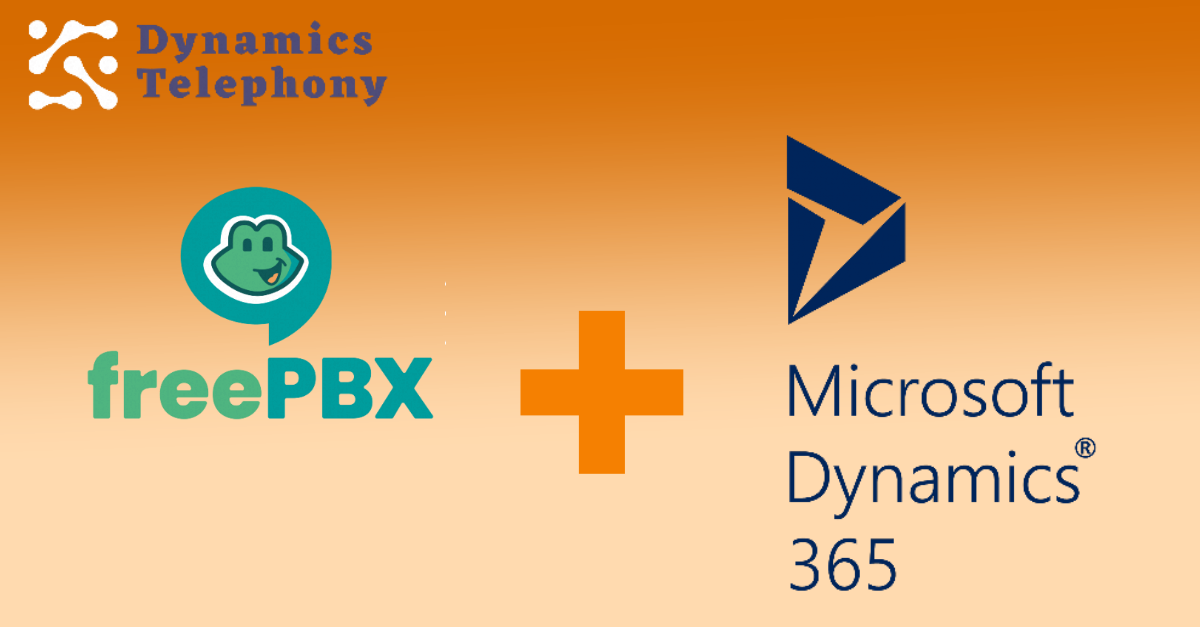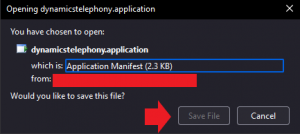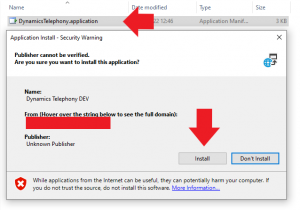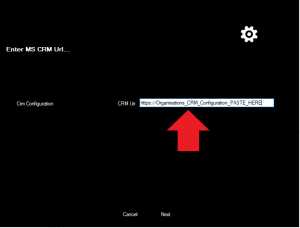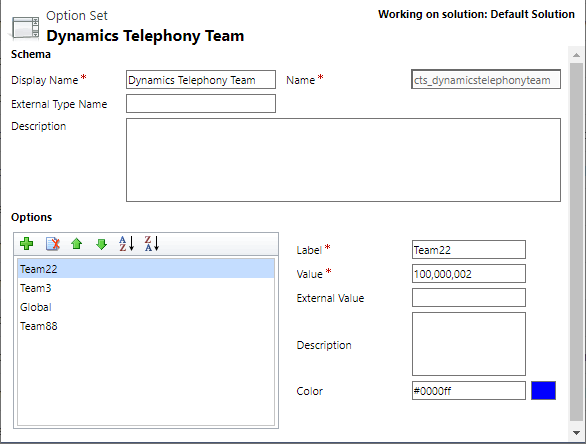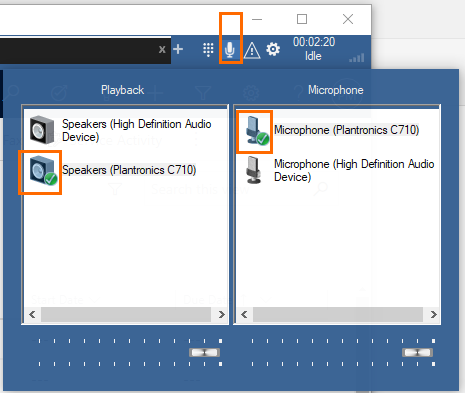Dynamics Telephony will create a phonecall record for every inbound and outbound call it handles, and write detailed call data to it. The fields used are a mixture of standard and custom (those beginning with cts_) fields, as follows
- Items marked with * are only available when server-side integration is enabled.
Activity Status (statecode) The phonecall could be open (e.g. a callback or a queued dialer call), completed, or cancelled (* e.g. an abandon callback that was cancelled due to the customer calling in again).
Actual End (actualend) Date and time the call ended at, after any wrap time.
Actual Start (actualstart) Date and time the call started at, i.e. started to be offered to the user.
Alerting Time (cts_incomingtime) The number of seconds the inbound call was ringing the users phone before it was answered.
Arrival Time * (cts_arrivaltime) The date and time the inbound call first arrived into the phone system. From this time, the call will probably have queued before being presented to the user.
Attempt (cts_attempt) For repeated attempts to contact a customer, via automatic (e.g. No Answer) or user initiated callbacks.
Call From (from) Lookup to the customer (inbound calls) or user (outbound calls) that started the call.
Call Outcome (cts_outcome) The outcome of the call. It might be an automatic outcome (e.g. No Answer), or a user chosen outcome (e.g. Callback, Not Interested, etc.)
Call Tag (cts_calltag) This is not used by the DT Client. You can use it to tag the call.
Call To (to) Lookup to the customer (outbound calls) or user (inbound calls) that was called.
Created By (createdby) The user or process owner that created this call.
Created On (createdon) For inbound and click-to-dial calls, the date and time the call was started. For dialer calls, the date and time the call was created – usually some time before it was presented to the agent for dialing.
Description (description) The notes for the call. Part of the note can be auto-created by Dynamics Telephony Client.
Direction (directioncode) Inbound, or outbound for click-to-dial and dialer calls.
DNIS (cts_dnis) The DNIS (number the caller called for inbound calls) or queue or skillset for inbound calls.
Due (scheduledend) The time a callback should be made at. This is filled by the DT Client depending on the Call Outcome. For dialer calls, the process creating the call might fill this too.
Duration (actualdurationminutes) The total duration of the call in minutes, including any wrap time.
Dynamics Telephony Call (cts_is_dt_call) A boolean indicating this phonecall was created by DT Client, or a process that wants to set this to true.
Hold Time (cts_holdtime) The number of seconds this call was put on hold by the user. If the call was put on hold multiple times, these are summed here.
Inbound Queue * (cts_inboundqueue) The name (or number if no name) of the queue the inbound call arrived on.
Last On Hold Time (lastonholdtime) Time and date the call was last put on hold by the user.
Left Voice Mail (leftvoicemail) If the user selects an outcome for the call, that is configured to “Tag as voicemail”, then this boolean field will be set.
Modified By (modifiedby)
Modified On (modifiedon)
Offer Time (cts_offertime) For dialer calls, the number of seconds the call was offering to the user before they clicked accept, and entered the Preview state.
Original Phone Call (cts_originalphonecall) A lookup to the first call in a chain of call attempts to contact a customer.
Outbound Route (cts_outboundroute) The name of the outbound CLI (Calling Number) used by this outbound call.
Owner (ownerid)
Pause Time (cts_pasuetime) For dialer calls, the number of seconds the user had the call in Pause state. Pause is when the Preview or Wrap timers are paused.
Phone Number (phonenumber) The callers phone number (inbound), or the phone number a user called (outbound)
Preview Time (cts_previewtime) For dialer calls, the number of seconds spent previewing the customer record before the dialer auto-dialed the call.
Previous Phone Call (cts_previousphonecall) A lookup to the previous call in a chain of call attempts to contact a customer.
Queue (cts_queue) For dialer calls, a lookup to the CRM Queue that holds (or held) the queueitem linked to this phonecall.
Recording URL (cts_recordingurl) A URL link to the audio recording of this call. Display it on a CRM form in URL format and you will be able to cick it to follow it.
Regarding (regardingobjectid) Lookup to the customer record.
Ringing Time (cts_ringingtime) For outbound calls, the number of seconds the call was ringing before the customer answered, or the user hung up the call.
Status Reason (statuscode) Open or received (the call was completed).
Subject (subject) The subject text of the call. Often this is filled automatically by the DT Client.
Talk Time (cts_talktime) The number of seconds the user spent actually talking. Excludes, for example, hold time, wrap time etc.
Total Time (cts_totaltime) The number of seconds for the call, from the moment it was offered/presented to the end of Wrap Time
Wait Time * (cts_waittime) The number of seconds the inbound call was waiting in the inbound queue on the phone system, before it was presented to a user.
Wrap Time (cts_wraptime) The number of seconds the call was in Wrap state. Wrap, when configured, starts when the call is hung up. Wrap time is after call time for making notes etc.
